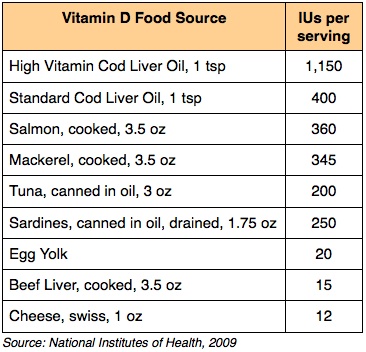Known as the sunshine vitamin, Vitamin D is essential for maintenance of healthy bones and teeth and helpful in protecting against multiple diseases and chronic conditions.
Having your bare skin exposed to the sun for a sensible 5-10 minutes at least 3 times a week allows the body to produce and trigger Vitamin D synthesis. Another source of Vitamin D is our liver and kidney cells – they have a role in the formation of an active Vitamin D that acts as a regulator of some of our body’s immune system.
Health Support
Immunity
Vitamin D aids in the maturation of white blood cell which is our body’s first defense against most infections. Just recent a link has been discovered that most people with respiratory infection had low vitamin d level.
Regulate Blood Sugar
The risk of high blood sugar and diabetes are high in people with low vitamin D levels, new researches has shown that taking these levels back up to normal can help reverse some the risk of diabetes. This is still an ongoing research and has not been entirely consistent, but it is becoming more accepted that vitamin D deficiency is a risk factor for developing diabetes.
Bone Constitution
In children, the condition is called rickets. In adults, it is called osteomalacia which is Vitamin D deficiency that leads to softening or malformation of bone.
Bone subsistence and vitamin d relationship is complicated, to make it simple – vitamin D as a hormone operates to increase calcium in the blood stream. It helps in increasing the absorption of food with calcium and reduces excess calcium that we lose through urine, vitamin d as a hormone also pulls calcium from our bones to support the blood levels. For this reason, we only consider vitamin D to be a helpful bone builder when there is sufficient dietary calcium.
Relationship with other Nutrients
Vitamin D also appears to work closely with other nutrients such as magnesium for intestinal health and it plays an integral role in proper thyroid function.
Healthy Foods High in Vitamin D
The following is a list of some of the foods that can increase your levels of vitamin D. Keep in mind, that ideally you should shoot for around 800 to 2000 IU’s
Risks and Symptoms of Vitamin D Deficiency
Symptoms of bone pain and muscle weakness can mean you have a vitamin D deficiency. However, for many people, the symptoms are subtle. Yet, even without symptoms, too little vitamin D can pose health risks. Low blood levels of the vitamin have been associated with the following:
- Increased risk of death from cardiovascular disease
- Cognitive impairment in older adults
- Severe asthma in children
- Cancer
Regardless of soaking those sun rays few minutes a day, many children and adult globally are still counted as Vitamin D deficient. Our ever changing lifestyle and environment reduce the supply of this significant vitamin. These factors are:
- pollution
- use of sunscreen
- spending more time indoors
- working longer hours in offices
- living in big cities where buildings block sunlight
- thick clothing
This is why it’s important to get some of your vitamin D from sources besides sunlight. So there are two alternatives to obtaining the needed vitamin: eat vitamin D fortified foods, but only a few food naturally contain significant and/or taking vitamin D supplements.
Conclusion
It is difficult to sustain optimal levels of Vitamin D from dietary sources – especially during winter months. Like most things when it comes to nutrition – a balanced approach is best: get some sun should continue to be your priority, eat right, and take supplements.
References
- http://www.healthline.com/health/food-nutrition/benefits-vitamin-d#Deficiency5
- http://www.whfoods.com/genpage.php?tname=nutrient&dbid=110
- http://ods.od.nih.gov/factsheets/VitaminD-HealthProfessional/










